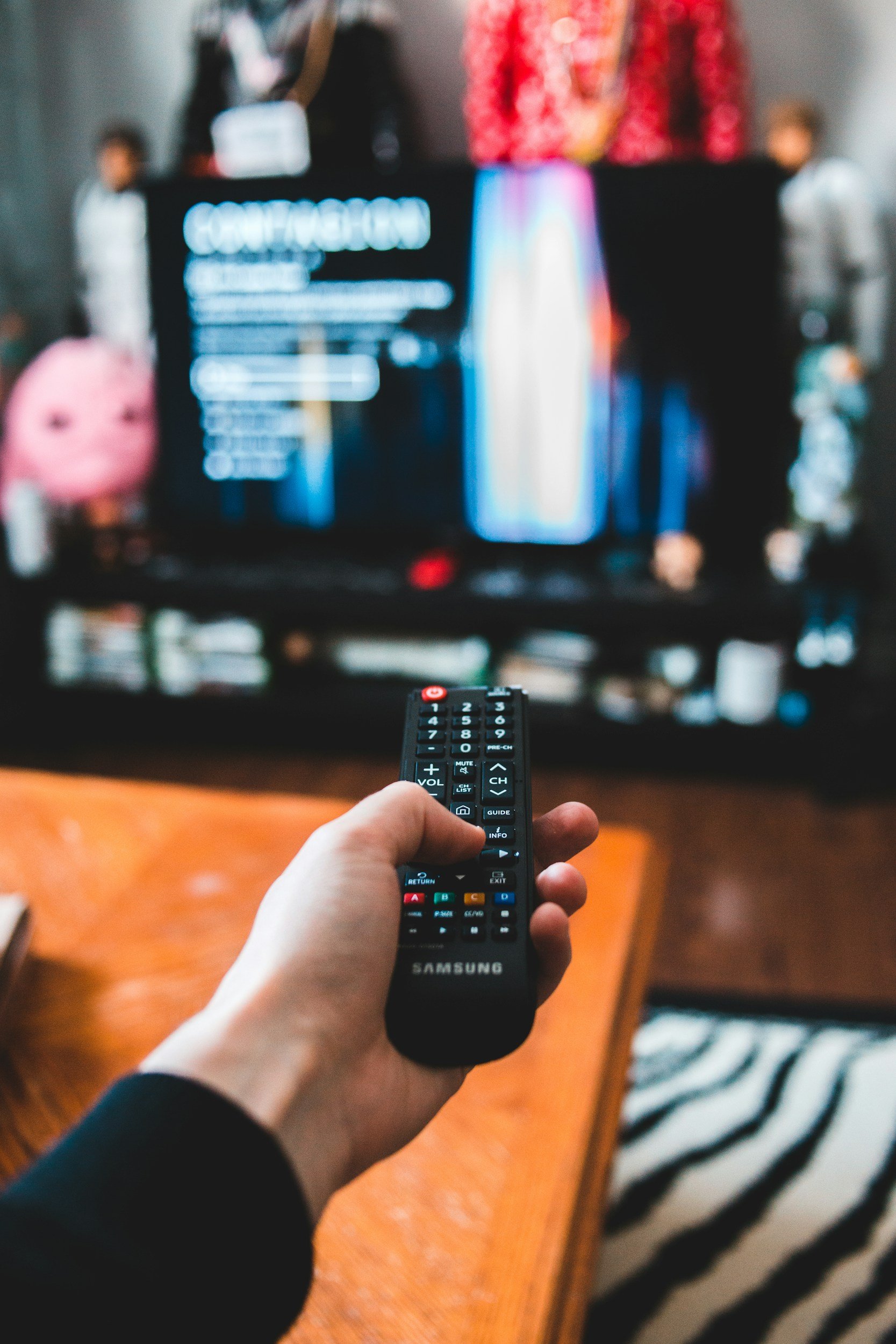The Mere Exposure Effect: How Familiarity Shapes Our Preferences
Why do we sometimes find ourselves humming along to a song we initially disliked after hearing it multiple times? Or feel a subtle affinity for a brand we frequently encounter, even if we’ve never consciously chosen its products before? The answer often lies in a cornerstone of social psychology known as the Mere Exposure Effect. This phenomenon suggests that repeated exposure to a stimulus—be it an image, a piece of music, or even a person—tends to increase our preference for it. First rigorously studied by social psychologist Robert Zajonc in the mid-20th century, the Mere Exposure Effect has significant implications for how we form attachments, build brand loyalties, and navigate the social world around us. In this article, we will explore the historical background of the effect, delve into the mechanisms that drive it, and examine its applications and limitations in both everyday life and professional domains such as marketing and interpersonal relationships.
Defining the Mere Exposure Effect
The Mere Exposure Effect describes a phenomenon in which an individual develops a preference or positive attitude toward a stimulus simply by being repeatedly exposed to it, without any conscious or deliberative processing. In essence, familiarity can breed liking. This effect can manifest in numerous contexts:
Music: Repeatedly hearing a particular tune may lead you to eventually enjoy it, even if your initial reaction was indifference or mild dislike.
Visual Stimuli: Advertisements that appear often—on billboards, television, or social media—gain a psychological advantage by becoming familiar, potentially influencing consumer preferences.
Interpersonal Interaction: Seeing someone frequently (e.g., a colleague, neighbour, or classmate) can increase feelings of friendliness or attractiveness toward that person, independent of meaningful conversation or shared interests.
Historical Background
Robert Zajonc’s Foundational Studies
Although psychologists and social scientists had long suspected that familiarity might increase likability, Robert Zajonc was the first to systematically study this phenomenon in the 1960s. In a classic series of experiments, Zajonc exposed participants to unfamiliar stimuli, such as nonsense words or Chinese ideographs, varying the number of times each stimulus was shown. Afterward, participants rated how much they liked or felt positively toward these items. Time and again, those stimuli that appeared more frequently were rated more favourably, despite being objectively meaningless or unknown to the participants.
Zajonc’s pioneering work, published in 1968 under the title “Attitudinal Effects of Mere Exposure,” not only coined the term but spurred decades of research on how repeated contact can unconsciously influence our preferences and judgments.
Subsequent Research
Later studies extended Zajonc’s work to more complex stimuli:
Faces and Photographs: Researchers found that people tend to rate the attractiveness and likability of faces more favourably if they have seen them repeatedly, even briefly or subliminally.
Music and Consumer Goods: Psychologists tested how repeated exposure to unfamiliar music tracks or brand logos could shift preference, often finding a strong correlation between frequency of exposure and increased positive attitudes.
Cross-Cultural Studies: The mere exposure phenomenon was observed across diverse cultural contexts, suggesting it holds universal power in shaping human preferences.
Psychological Mechanisms
Fluency and Familiarity
A central explanation for the Mere Exposure Effect revolves around processing fluency—the idea that the human brain prefers stimuli that it can process more easily. Each time we encounter a stimulus, we require fewer cognitive resources to recognize or interpret it. This fluency can feel inherently rewarding or comfortable, leading us to develop a more favourable attitude toward that stimulus over time.
The Role of Emotions
Zajonc famously argued that emotional reactions can precede and guide more deliberate cognitive processes. In other words, we may develop a “gut feeling” of liking for a stimulus simply because it has become a comfortable fixture in our environment. Even if we have no conscious recollection of having seen an image before, the positive emotional response arising from its familiarity can shape our preferences without our explicit awareness.
Reinforcement and Conditioned Associations
Behaviourists and learning theorists offer a complementary perspective. Repeated exposure often occurs in contexts where the stimulus is paired with neutral or positive outcomes (e.g., seeing a brand logo while enjoying a social media scroll). Over time, a stimulus that consistently appears alongside pleasant experiences can become a conditioned cue for positive feelings, reinforcing the effect.
Applications of the Mere Exposure Effect
1. Marketing and Advertising
Perhaps no field utilizes the Mere Exposure Effect as strategically as marketing:
Brand Recognition: Marketers invest heavily in repeated brand exposure through multiple channels—television, print ads, social media, event sponsorships—to ensure that potential customers gain a sense of familiarity, thus increasing the likelihood of choosing their product.
Celebrity Endorsements: Associating a brand with a familiar face can amplify the effect. Even if viewers don’t consciously endorse the celebrity’s lifestyle, consistent exposure may lead to subconscious positive association.
Repetitive Jingles and Slogans: Advertisers often rely on catchy jingles or repeated taglines to get their messaging lodged in consumers’ minds. Over time, these tunes and phrases become so familiar that they evoke comfort or nostalgia.
2. Social and Interpersonal Relationships
Proximity and Friendship Formation: The “propinquity effect” in social psychology—the observation that people who live or work near each other often form friendships—can be partly explained by mere exposure. Seeing someone frequently in class, the workplace, or the neighbourhood can increase your sense of affinity.
Online Dating and Social Media: Profile recommendations often utilize algorithms that repeatedly show certain profiles, subtly capitalizing on the idea that familiar faces can appear more attractive or trustworthy.
3. Entertainment and Media
Music on Radio Playlists: Songs with heavy rotation on radio stations or streaming platforms often climb charts faster. Listeners may find themselves liking a track more simply because it’s played frequently, illustrating the Mere Exposure Effect in action.
Movie and TV Show Recommendations: Platforms like Netflix and YouTube frequently recommend the same titles, increasing the chances that repeated exposure to those thumbnails or promotional clips will pique viewer interest.
4. Political Campaigns
Name Recognition: In politics, a key predictor of electoral success can be simply whether voters recognize a candidate’s name. Campaign strategies capitalize on this by saturating media channels with slogans, signs, and social media advertisements, ensuring repeated exposure.
Familiarity vs. Policy: Voters sometimes develop favourable attitudes toward a candidate primarily because they’ve grown comfortable seeing their face or hearing their name, rather than agreeing with their policies or track record.
Limitations and Controversies
1. Overexposure and Wear-Out Effect
While repeated exposure often leads to increased liking, too much exposure can cause a “wear-out” effect. Beyond a certain threshold, people may grow bored or annoyed by an overstimulating or intrusive campaign. For instance, an advertisement that appears excessively can backfire, eliciting irritation rather than comfort.
2. Context-Dependent Outcomes
Context plays a crucial role in determining whether familiarity leads to liking. If repeated exposure occurs in a negative or stressful environment—such as an unpleasant waiting room—the positive associations typically tied to mere familiarity may not materialize.
3. Individual Differences
Not everyone responds to repeated exposure in the same way. Personality factors, past experiences, or cultural values can moderate the effect. Some individuals may prize novelty over familiarity, finding repeated exposure boring or distasteful.
4. Subliminal Exposure and Ethical Concerns
Research demonstrates that even subliminal exposure (e.g., flashes of an image too quick for conscious recognition) can alter preferences. This raises ethical concerns around manipulation, particularly in marketing or political campaigning, where messages may be designed to influence consumer or voter behaviour without their aware consent.
Future Research Directions
Neuroscientific Investigations: Advances in neuroimaging could shed light on the specific brain regions and neural pathways activated by repeated exposure, helping to refine theories about emotional and cognitive processing.
Cross-Cultural Studies: While the Mere Exposure Effect has been studied globally, cultural differences in attitudes toward repetition, tradition, and novelty might shape how pronounced the effect is in different societies.
Social Media Algorithms: As recommendation engines use user engagement data to push repeated exposure of certain posts or ads, there is scope for further research on the ethical use of these algorithms, especially regarding political, dietary, or mental health content.
Longitudinal Impact: While we know repeated exposure can lead to short-term boosts in preference, fewer studies focus on the long-term consequences—particularly if the stimulus disappears from one’s environment for an extended period.
Practical Takeaways
Moderation is Key: If using the Mere Exposure Effect as a tool—whether in marketing, content creation, or social media—striking the right balance between enough exposure to build familiarity and avoiding overexposure is vital.
Positive Context Matters: Pairing repeated exposure with positive experiences can amplify the effect. In interpersonal settings, for instance, ensuring repeated contact in friendly or collaborative situations can help foster likability.
Self-Awareness as a Consumer: Recognizing how repeated exposure can bias preferences may encourage more deliberate and informed choices, whether you’re selecting a new brand or forming opinions about a public figure.
Simply Put
The Mere Exposure Effect underscores a fundamental truth about human psychology: familiarity often feels good. From the songs we repeatedly hear on the radio to the faces we see in the office corridor, repeated encounters can subtly shift our attitudes, fostering a sense of comfort and likability. While this phenomenon can be harnessed positively—such as strengthening community bonds or facilitating learning— it also raises ethical questions about manipulation and overexposure in areas like marketing and politics. As our digital and physical worlds become increasingly saturated with stimuli, understanding the Mere Exposure Effect can empower us to be more mindful about what and whom we expose ourselves to, and how often. In doing so, we gain the ability to navigate a complex media landscape with greater self-awareness and agency.
References
Thank you for reading! If you’re interested in exploring how foundational theories influence today’s cutting-edge research in mental health, be sure to check out our Psych 101 section. Where we dive into psychoanalytic roots, cognitive-behavioural breakthroughs, and emerging neuroscience to uncover how evidence-based practices and cultural influences continue to reshape the field.










